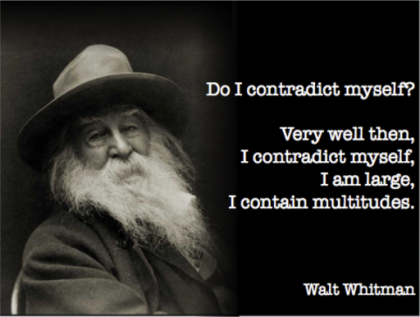Lughnasa Kate’s Moon
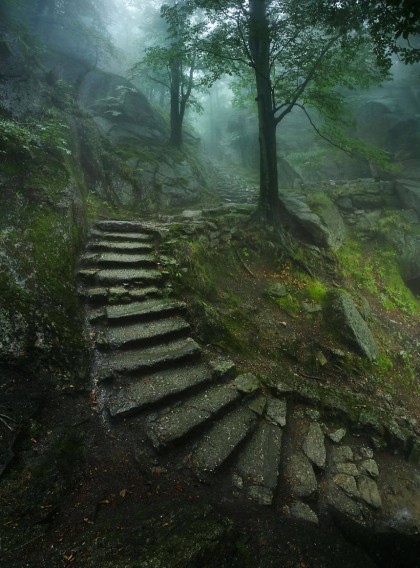 Paths. The trait of watchfulness, of being aware, is not only about self-awareness. It is, in itself, a tool, one to use to notice which direction you’re headed. Did this action, that motivation, move me in a positive direction in my life or a negative one? Did it move me toward selfishness or toward being of service?
Paths. The trait of watchfulness, of being aware, is not only about self-awareness. It is, in itself, a tool, one to use to notice which direction you’re headed. Did this action, that motivation, move me in a positive direction in my life or a negative one? Did it move me toward selfishness or toward being of service?
The last couple of days I’ve found exercising hard. Wednesday was my resistance day and I felt too tired. I almost left it entirely, but instead did my high intensity workout plus 80 minutes of treadmill. That seemed easier and I had not been able to work out Tuesday, my normal aerobics day. But. Then on Thursday I encountered the same feeling and didn’t workout at all except for 15 minutes of aerobics. I was aware of struggling with myself, but let the feeling of tiredness win. Exercise is a habit, one I could lose, yet one I value. A matter to pay attention to.
Mussar, at least as it’s been presented so far this year, focuses on the interpersonal and the inner. At least until yesterday. Yesterday introduced a concept of caring for the generation into which you are born, not only the nation of Israel. Caring for the generation requires action for peace and justice.
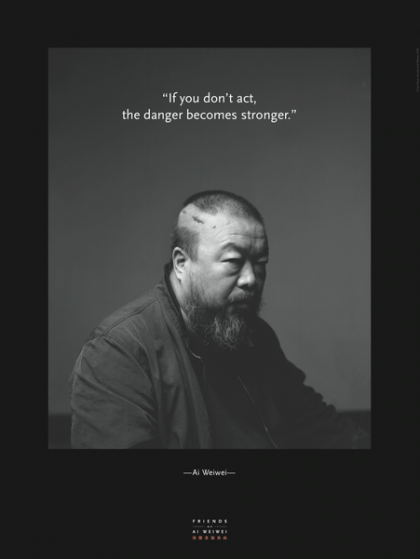 It also requires, very interestingly, prayers for God to forgive the wicked, or the unjust. It’s not up to us to forgive them, but we must plead with God to do it. As I took it, this means that we stand against Trump and the white supremacists, for example, opposing them in the streets, in conversation, at the ballot box, in whatever way we can, and it’s up to God to forgive them for what they’re doing. Not us. I interpret God here, the Great Other as Rabbi Jamie sometimes says, as the collective us, our generation perhaps, or history. Or, perhaps, the very sensibility that inspires us to move into the breach on behalf of the vulnerable other.
It also requires, very interestingly, prayers for God to forgive the wicked, or the unjust. It’s not up to us to forgive them, but we must plead with God to do it. As I took it, this means that we stand against Trump and the white supremacists, for example, opposing them in the streets, in conversation, at the ballot box, in whatever way we can, and it’s up to God to forgive them for what they’re doing. Not us. I interpret God here, the Great Other as Rabbi Jamie sometimes says, as the collective us, our generation perhaps, or history. Or, perhaps, the very sensibility that inspires us to move into the breach on behalf of the vulnerable other.
It also made me wonder if prayer might not be marching against the alt-right, showing up beside African-Americans, LGBT folks, fighting to change unjust economic structures. Tactile prayer, political prayer. Action guided not by anger against individuals like Trump and his minions, but action for the other. So in our action we offer a way out for those with their thumb on the others neck. We ask Pharaoh to let them go. We ask, in other words, that others act as agents of peace and justice, caring for our generation-including the oppressor-but we don’t rely on hope alone, we become hope itself.

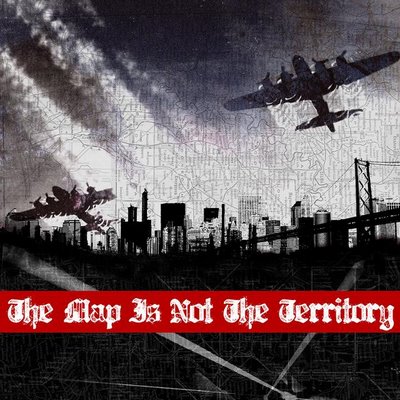 I guess it’s time to admit it. I’m a deeply religious guy, whatever that means. It means at least that I find religion and religions fascinating, personally transformative. I have approached religion since high school with a mixture of deep skepticism and a willingness, no, a need to rethink, refeel, reexperience what I’m told.
I guess it’s time to admit it. I’m a deeply religious guy, whatever that means. It means at least that I find religion and religions fascinating, personally transformative. I have approached religion since high school with a mixture of deep skepticism and a willingness, no, a need to rethink, refeel, reexperience what I’m told.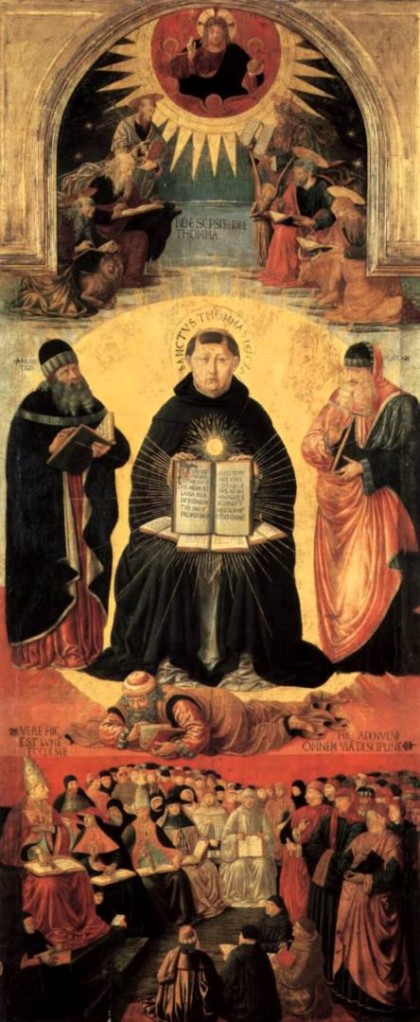
 Since that day until now my ancientrail has always wound its circuitous path back to the big questions. I’ve explored Christianity, Islam, now Judaism, Taoism, existentialism, various spiritual disciplines like lectio divina, meditation, morning and evening prayers, contemplative prayer, even some modest peaks into Tibetan buddhism occasioned by my friendship with Gyatsho Tshering. Though I am now and have been for a while an idiosyncratic version of Taoist/pagan, I’m finding the Reconstructionist path in Judaism a surprisingly familiar one.
Since that day until now my ancientrail has always wound its circuitous path back to the big questions. I’ve explored Christianity, Islam, now Judaism, Taoism, existentialism, various spiritual disciplines like lectio divina, meditation, morning and evening prayers, contemplative prayer, even some modest peaks into Tibetan buddhism occasioned by my friendship with Gyatsho Tshering. Though I am now and have been for a while an idiosyncratic version of Taoist/pagan, I’m finding the Reconstructionist path in Judaism a surprisingly familiar one.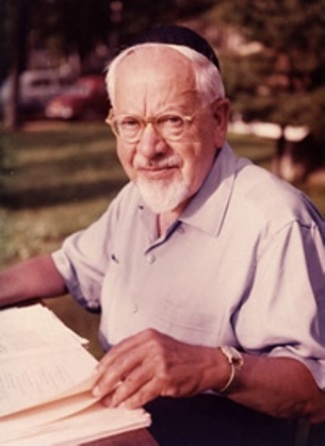
 People out here call it Colorado weather. I call it mountain weather. The shifts are often extreme, from snow and ice to balmy, springlike. But today. Well, today will be a transition like none I’ve seen since I got here. We have a red flag warning in effect from noon today until 6 pm. That means low humidity, high winds, warm temps and plenty of dried out fuel. At 6 pm though we switch to a winter storm watch. The prediction is for up to a foot of snow tomorrow, more over the next week. If we can avoid fire through this afternoon, we should be fine for a while.
People out here call it Colorado weather. I call it mountain weather. The shifts are often extreme, from snow and ice to balmy, springlike. But today. Well, today will be a transition like none I’ve seen since I got here. We have a red flag warning in effect from noon today until 6 pm. That means low humidity, high winds, warm temps and plenty of dried out fuel. At 6 pm though we switch to a winter storm watch. The prediction is for up to a foot of snow tomorrow, more over the next week. If we can avoid fire through this afternoon, we should be fine for a while.